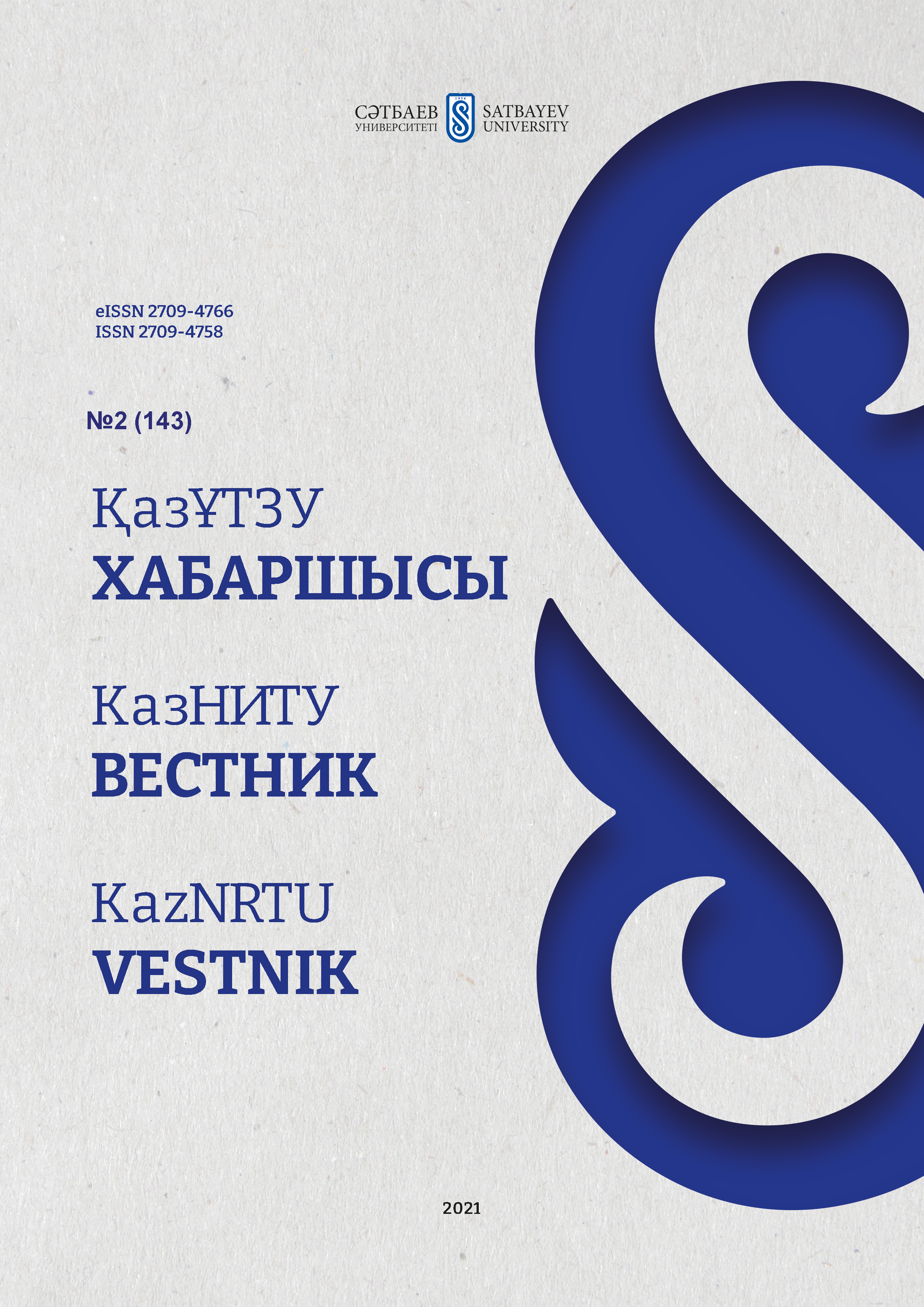Structural features of nanoporous membranes based on titanium and aluminum oxides
DOI:
https://doi.org/10.51301/vest.su.2021.i2.21Keywords:
nanoporous titanium dioxide, nanoporous aluminum oxide, nanoporous membrane, electrolyte, anodizing process, scanning electron microscopy.Abstract
Nanoporous membranes based on metal oxides are widely used for the formation of nanostructured materials, since it is possible to create materials with predetermined structural properties. In this research work, the structural features of nanoporous membranes based on titanium and aluminum oxides, which are combined by the production process, but differ in the growth of pores and their structure. Membranes based on metal oxides were synthesized at a voltage of U=80-140V, at room temperature T=17°C, in an acidic environment. The structural features of the synthesized membranes were studied using Quanta 200i 3D scanning electron microscopy (FEI). It was found that titanium dioxide films have a narrow pore distribution, the sizes of which are in the range of 40-115 nm. Structural differences between titanium oxide and aluminum oxide nanomembranes make it possible to be widely used in the field of nanotechnology and materials science.
Downloads
Published
How to Cite
Issue
Section
License
Copyright (c) 2021 VESTNIK KAZNRTU

This work is licensed under a Creative Commons Attribution-NonCommercial-NoDerivatives 4.0 International License.
<div class="pkpfooter-son">
<a rel="license" href="http://creativecommons.org/licenses/by-nc/4.0/"><img alt="Creative Commons License" style="border-width:0" src="https://i.creativecommons.org/l/by-nc/4.0/80x15.png"></a><br>This work is licensed under a <a rel="license" href="http://creativecommons.org/licenses/by-nc/4.0/">Creative Commons Attribution-NonCommercial 4.0 International License</a>.
</div>





